Rocks on Mars
A variety of rock types and sediments have been found on Mars.
Many are similar to rocks on Earth.
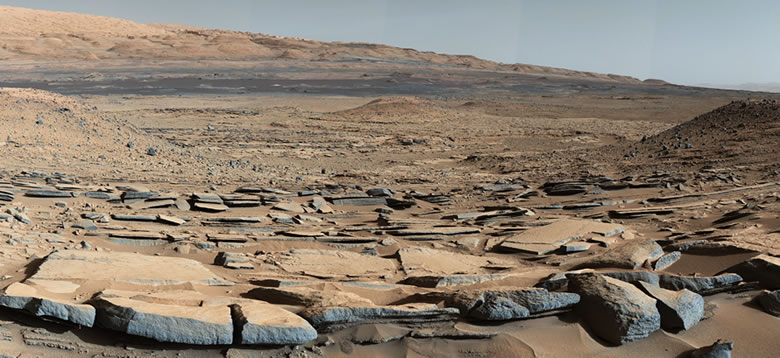
Mudstone: This photograph, taken by NASA's Mars Rover Curiosity in 2015, shows sedimentary rocks of the Kimberley Formation in Gale Crater. The crater contains thick deposits of finely laminated mudstone that represent fine-grained sediments deposited in a standing body of water that persisted for a long period of time - long enough to allow sediments to accumulate to significant thickness. Image by NASA. Enlarge image. [8]
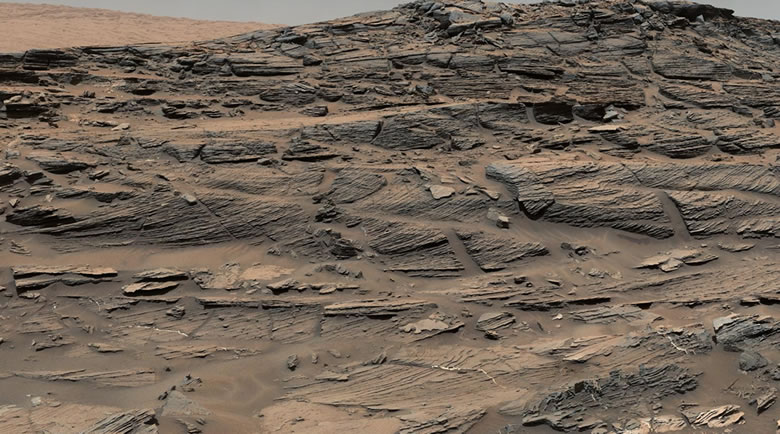
Sandstone: This photograph was taken by NASA's Mars Rover Curiosity on August 27, 2015 using its mast camera. It shows an outcrop of cross-bedded sandstone on the lower slope of Mars' Mount Sharp. The cross-bedding is very similar to the wind-blown sand outcrops commonly found in the U.S. Southwest. NASA directly compared this image to an outcrop of the Navajo Sandstone in Utah. Image by NASA. Enlarge image. [7]

Shale: This photograph was taken by NASA's Mars Rover Curiosity in 2012 using its mast camera. It shows a portion of an outcrop inside the Gale Crater. This view shows an area about one meter wide. The color has been balanced to make the scene look as if it were on Earth.
Visible in this image are rocks that are very similar to the shales found on Earth. They are fine-grained, thinly layered and fissile (meaning they easily break into thin sheets). Rocks on Earth that break this way are usually made up of clay minerals or mica grains that settled out of an aqueous suspension. Their plate-shaped grains deposited on the bottom in a parallel orientation. This gives the rock the ability to be split into thin layers. Clay minerals are known to be abundant on Mars, so it is likely that these rocks are composed of clay minerals.
Martian impact craters are a great place to observe rocks because the impact blasted a hole in the planet's surface with outcrops exposed in the crater walls. In this scene, large amounts of fine-grained sediments can be seen covering the ground. Sediments on the surface of Mars are a product of millions of years of asteroid impacts and mechanical weathering. They are reworked by the wind today, and in the past, they were moved, deposited, and reworked by flowing water. Image by NASA. Enlarge image. [1]
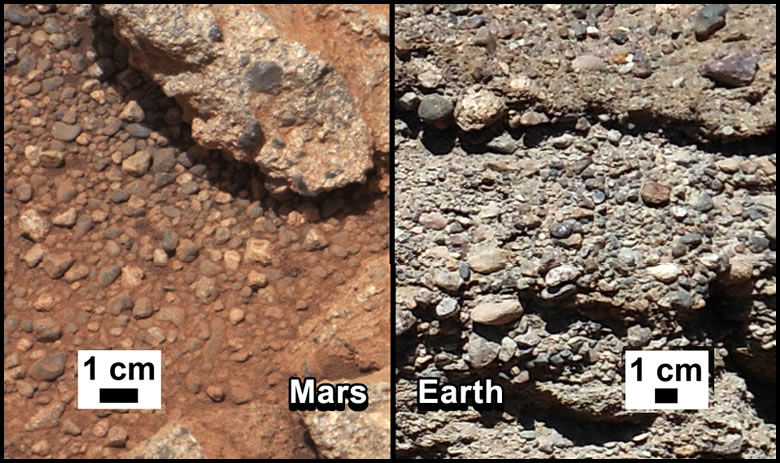
Conglomerate: The photograph on the left was taken by NASA's Mars Rover Curiosity in 2012 using its mast camera. It shows a portion of an outcrop of a rock similar to the conglomerates found on Earth. The pebbles below the rock are clasts that have been weathered from the rock. The photo on the right is a conglomerate outcrop from Earth to show similarity.
The presence of conglomerate and sandstones on Mars is evidence of moving water. Wind is not strong enough to pick up pebbles over one centimeter in diameter and carry them along in the current. The pebbles in this rock show a high level of rounding which implies a significant distance of transport. The red color is thought to be iron staining, which is nearly ubiquitous on Mars and gives it the name "Red Planet." The "cement" that binds the particles in these rocks could be a sulfate mineral. Image by NASA. Enlarge image. [2]
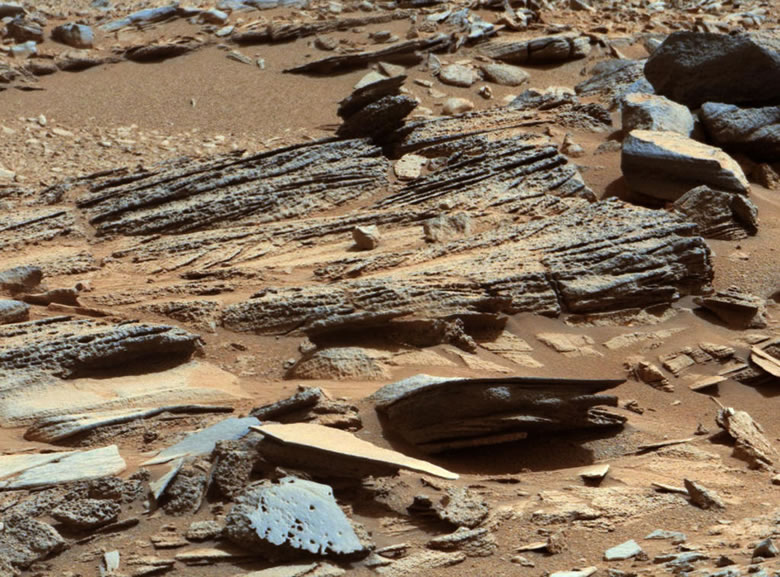
Cross bedding: This is another photograph taken by NASA's Mars Rover Curiosity in 2012 using its mast camera in the Gale Crater. It shows a portion of an outcrop with a sedimentary structure similar to the cross-bedded sandstones found on Earth. When a sedimentary rock that was deposited in nearly horizontal layers has internal layering that is inclined at a different angle, the structure is known as "cross bedding." The large-scale layering in these rocks is inclined to the left; however, the smaller internal layers are inclined at various angles. Multiple angles of cross bedding reveal that the direction of wind or water flow changed over time. Image by NASA. Enlarge image. [3]
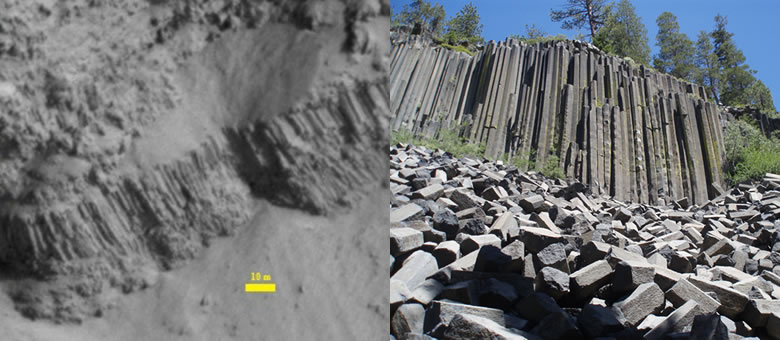
Columnar Basalt: The image on the left was taken from above by the Mars Reconnaissance Orbiter near Marte Vallis. It shows an outcrop of a basalt flow with columnar jointing. The image on the right is a National Park Service photo of the most famous example of columnar jointing on Earth. It is of a basalt flow that outcrops in the Devils Postpile National Monument in California. Images by NASA and the National Park Service. [4]
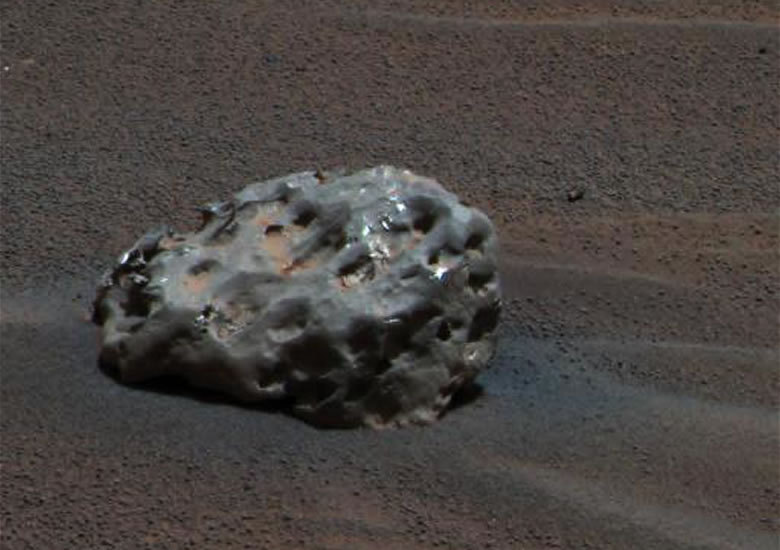
Meteorite: This is a photo of the "Heat Shield Rock," the first meteorite ever discovered on the surface of another planet. It is a baseball-size iron-nickel meteorite discovered by NASA's Mars Exploration Rover Opportunity in 2005. Opportunity used a spectrophotometer to determine its composition. Image by NASA. More meteorites from Mars. [5]
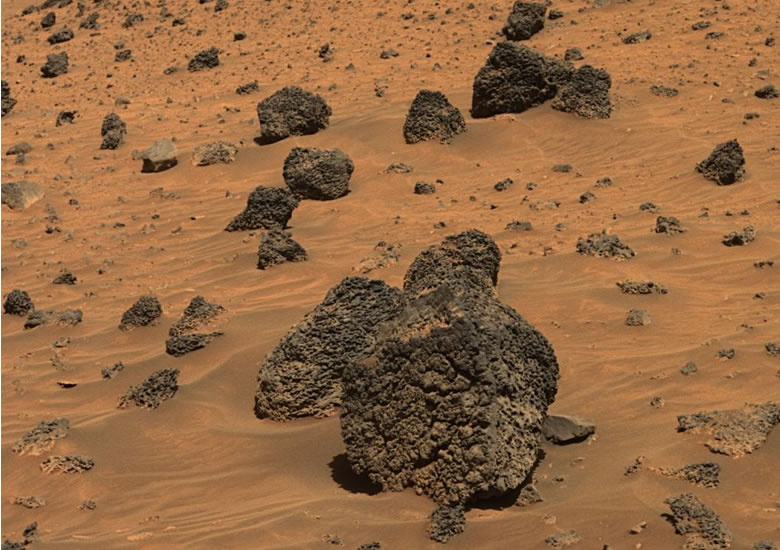
Scoria: This image shows a field strewn with pieces of a volcanic rock that are very similar to the scoria found on Earth. The rock in the foreground of the image is about 18 inches across and was found by the Spirit Rover. The rock has a rough surface and vesicles like scoria. Image by NASA. [6]
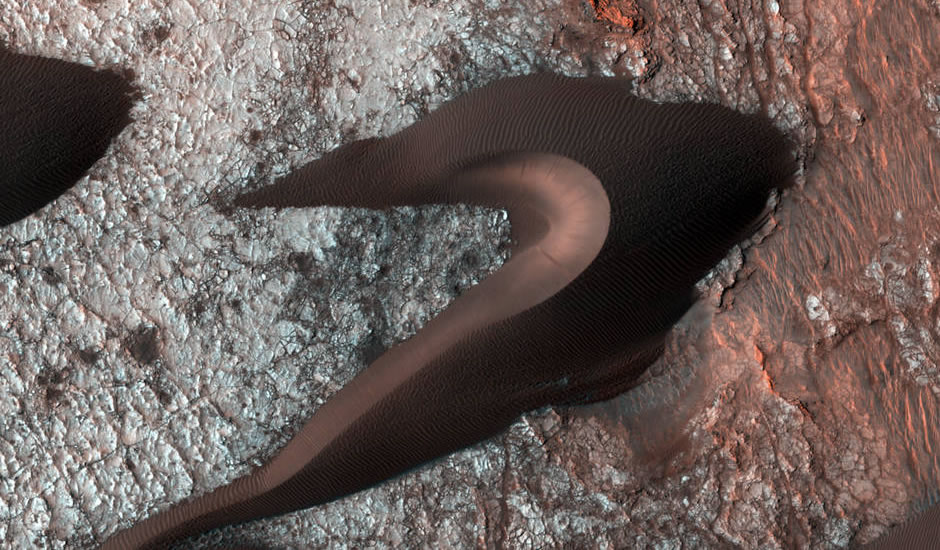
Sand dunes: This satellite image acquired by NASA's Mars Reconnaissance Orbiter in July 2015 shows a sand dune moving over a highly fractured bedrock surface that has been broken by physical stress and temperature change. The leading surface of the sand dune is covered with sand ripples. This is just one out of an enormous field of dunes. Image by NASA. Enlarge image. [9]
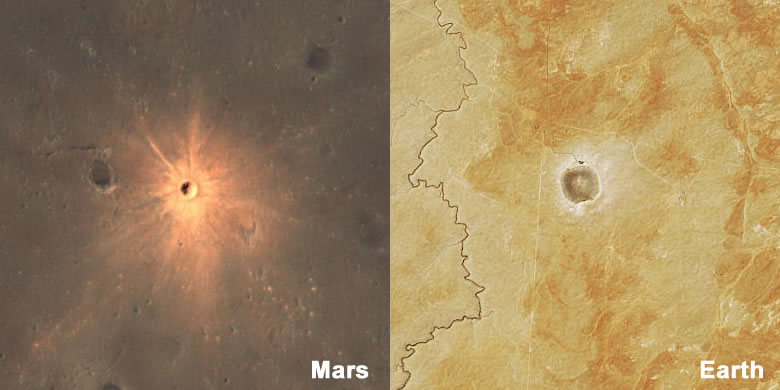
Ejecta Rings Around Impact Craters: The pair of satellite images above show asteroid impact craters and their bright rings of ejecta. The study of impact craters on Earth helps scientists understand impact craters on other planets and moons in our solar system.
The round feature in the center of the image on the left is a recently formed impact crater on Mars. It is surrounded by a bright, star-shaped deposit of ejecta that was blasted out of the crater by the force of the impact. The bright color of the ejecta contrasts sharply with the darker surficial material surrounding the crater. This is a small crater, about 13 meters in diameter. The image was captured by the Context Camera on the Mars Reconnaissance Orbiter in January 2021. [10]
The round feature in the center of the image on the right is Meteor Crater, an asteroid impact crater located near Flagstaff, Arizona. It also has a bright ring of ejecta, but that ring is not as bright because this impact structure is about 50,000 years old. During that time the ejecta was weathered and mixed with local surficial materials by the action of wind and precipitation. Meteor Crater is about 1200 meters in diameter. The image was prepared by NASA Earth Observatory using Landsat data from the United States Geological Survey. [11]
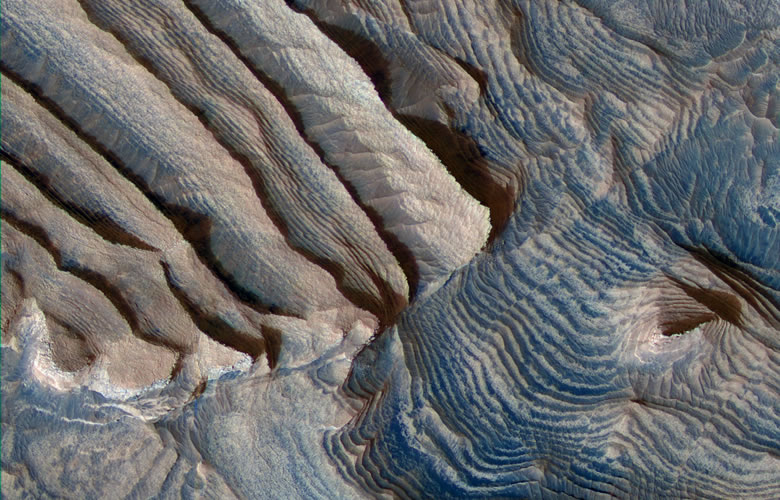
Sedimentary Rhythms: This satellite image, acquired by NASA's Mars Reconnaissance Orbiter in December 2008, shows an area of layered sedimentary rocks in the Becquerel Crater of Mars. This image was the first to reveal a record of rhythmic sedimentation in the rocks of Mars that was likely caused by a combination of climate cycles and astronomical cycles. Layers of similar thickness in this area (and in three nearby craters) repeat dozens to hundreds of times. The rock layers have weathered into a stair-step topography where layers that are more resistant to weathering cap layers that are less resistant - similar to the pattern seen on Earth where layers of sedimentary rocks are exposed over broad areas. Image by NASA. Enlarge image. [12]

Scenes of Mars on Earth? The movie industry has a favorite place for filming scenes of science fiction films set on Mars. That location is Wadi Rum, a UNESCO World Heritage Site, in Jordan. The spectacular red rocks and red sand provide the perfect background scenery. Popular films include: Red Planet (2000), The Last Days on Mars (2013), and The Martian (2015). [13] Photograph of a mountain near the entrance to Wadi Rum in Jordan by Daniel Case. Displayed here under a GNU Free Documentation License.
| Information About the Photos |
|
[1] Wide View of 'Shaler' Outcrop, Sol 120: Image release posted on NASA's Curiosity Rover website, January 2013.
[2] NASA Rover Finds Old Streambed on Martian Surface: Image release posted on NASA's Curiosity Rover website, September 2012. [3] 'Shaler' Unit's Evidence of Stream Flow: Image release posted on NASA's Curiosity Rover website, December 2012. [4] 'Honeycombs' and Hexacopters Help Tell Story of Mars: Article posted on NASA's Solar System website, February 2012. [5] Opportunity Rover Finds an Iron Meteorite on Mars: Article posted on NASA's Exploration Rover website, January 2005. [6] Volcanic Bumpy Boulder on Mars: Astronomy Picture of the Day for May 15, 2006. [7] Vista from Curiosity Shows Crossbedded Martian Sandstone: Article posted on NASA's Mars Science Laboratory website, September 2015. [8] NASA's Curiosity Rover Team Confirms Ancient Lakes on Mars: Article posted on NASA's Mars Science Laboratory website, October 2015. [9] All Along the Fractures: Article posted on NASA's Mars Science Laboratory website, October 2015. [10] A New Impact Crater with Bright Ejecta: Article by NASA, JPL-Caltech and the University of Arizona, posted on the NASA website, May 24, 2021. [11] Arizona's Meteor Crater: Article by Joshua Stevens and Kathryn Hansen, posted on the NASA Earth Observatory Website, May 16, 2021. [12] NASA Orbiter Finds Martian Rock Record With 10 Beats to the Bar: Article by Guy Webster and Dwayne Brown, posted on the NASA website, December 2008. [13] Wadi Rum: Article on the Wikipedia website, accessed September 2021. |
| More Astro |
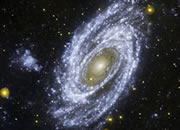 |
Pictures of the Universe |
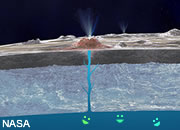 |
Life on Europa |
 |
Moon's Internal Structure |
 |
Meteorites |
 |
Extraterrestrial Gems |
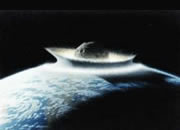 |
Near-Earth Asteroids |
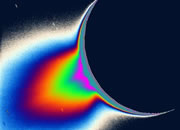 |
Active Volcanoes |
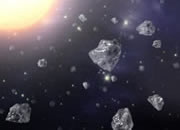 |
Diamonds In Space |

Find Other Topics on Geology.com:

|

| ||

|

| ||

|

| ||

|

|
